Spanish influenza: deadly pandemic that cost 15,000 lives
A century ago, a deadly influenza virus swept across Australia, its symptoms so gross many dubbed it the ‘black flu’. In the City of Sydney in 1919, 42 per cent of all deaths were from the flu. Could it happen again?
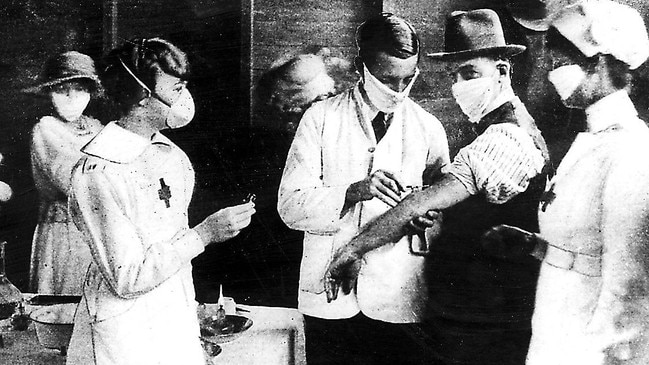
NSW
Don't miss out on the headlines from NSW. Followed categories will be added to My News.
It was a war of another kind, a pandemic so bad, it’s considered second only to the Black Death plague in overall mortality rates.
In 1918 and 1919 Spanish flu swept across the globe, attacking one fifth of the world’s population and killing more souls than the Great War.
Between 50-100 million people worldwide died and in early 1919 it swept through Australia with a vengeance.
About a third of all Australians were infected and in less than a year, 15,000 were dead.
In 1919, in the City of Sydney, 42 per cent of all deaths were from the flu.


A PARTICULARLY VIRULENT FLU
The super-virus began in 1918, probably in Western Europe although some theories suggest it originated with a US soldier from Kansas. Regardless, it passed through soldiers on the front, growing more virulent in each wave.
As soldiers moved around the globe or returned home, the virus travelled with them and while quarantine measures slowed its path to Australia, they couldn’t stop it.
There were no specific antiviral therapies available at the time, and as the flu began to spread through Australia, hospitals filled to capacity.
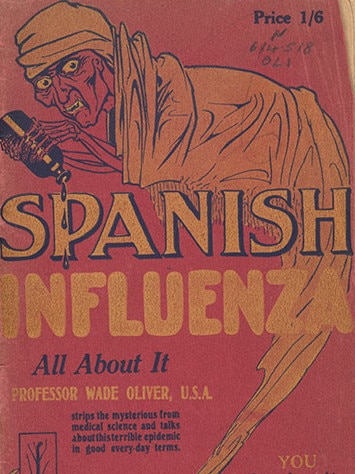
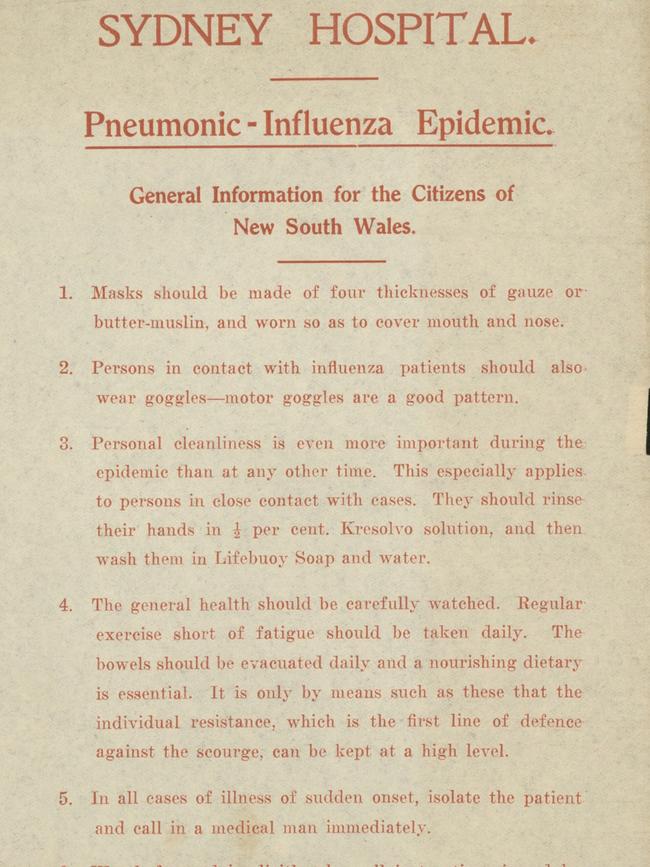
Every available doctor, medical student and nurse was called up to cope with the casualties, many of whom were women and children. The fit and able-bodied fell as fast as the old and frail.
It was a brutal virus, a mutation no one had immunity to. Symptoms were severe: high fever, shivering and muscle aches quickly translated into lung complications. Lungs filled up with bodily fluid and people died in their own secretions, some within days of infection.
Sydney was hit hardest and despite strict measures to limit the disease including mandating the use of masks, it took three waves of outbreaks before it eased.
Major public events were cancelled and public places were to be avoided. Schools, churches, theatres, banks, shops, even race meetings had to be closed to prevent contamination, although the funeral business boomed as the nation’s death rate spiked by 25 per cent.

Q STATION ATTEMPTS TO HOLD THE LINE
Between October 1918 and April 1919 more than 120 vessels were quarantined at the Q Station at North Head — the largest influx of passengers the site experienced in its 150 year history.
Thousands of troops were returning from WWI and the station soon became unable to cope.
In February 1919, 900 soldiers were so aghast at conditions at the station that they packed up and left.
According to a news report, when the men of the Argyllshire disembarked, they set about clearing ground at the Quarantine Station to erect their tents and latrines. The site was overrun by snakes.
“It was claimed that over 50 snakes were killed that night. According to one soldier: ‘A snake crawled onto my face as soon as I turned in. My mate, who had shell shock, crawled up the tent pole and sat on the cross bar all night and we couldn’t convince him to come down.”
The next morning, the 900 men marched out of the Quarantine Station towards Manly Wharf in protest. They completed their quarantine at the Sydney Cricket Ground.
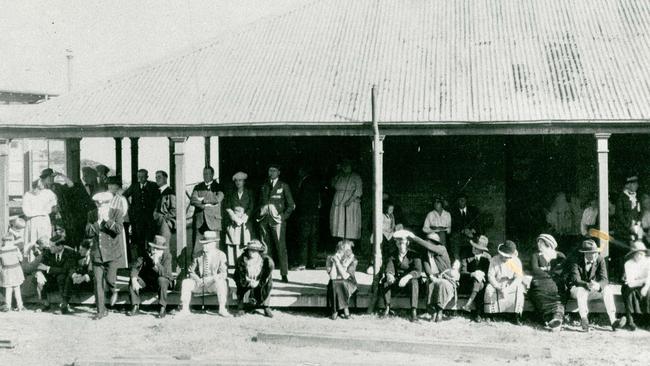
LEST WE FORGET
Despite the devastating toll, there are few reminders or monuments of the pneumonic influenza that revealed the best of Australians.
Tens of thousands of ordinary people put themselves at great risk to help during the pandemic, volunteering at relief depots, hospitals and makeshift clinics to help nurse the victims, gather and distribute supplies and comforts for the ill.
The flu pandemic came to an end in late 1919, as the population increasingly obtained immunity.

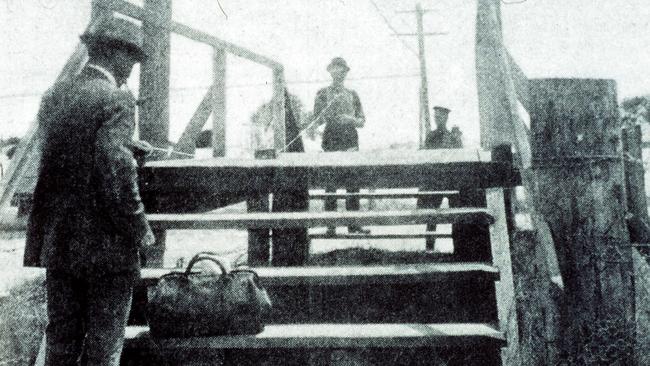
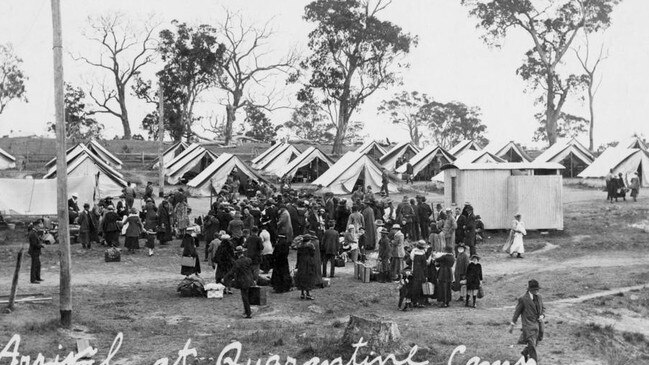
COULD THERE BE ANOTHER PANDEMIC?
The Spanish flu pandemic was extremely destructive but most experts agree another flu pandemic is inevitable because flu viruses are so prone to mutate.
Pandemics occur when a virus mutates and there is no immunity to it within a population.
Because the virus changes every year, as winter approaches, Australians are urged to get their flu shots, with millions of people entitled to a free vaccination from mid-April.
Vaccinations from mid-April allows protection during the peak influenza transmission period, from around June to September in most parts of Australia.
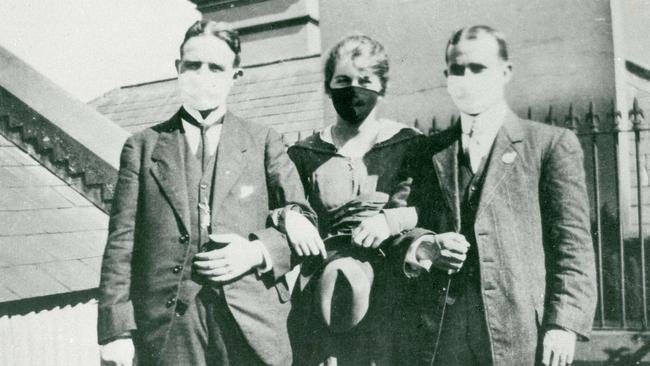
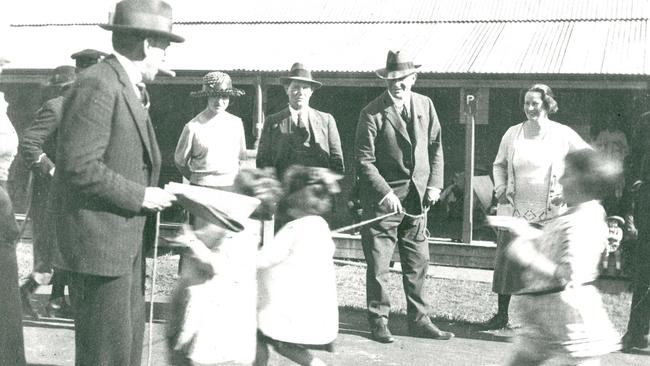
SPANISH FLU TOUR
On Sunday April 28, Q Station at North Head will host an Open Day, with food stalls, discounted tours and entertainment, and more.
A special Spanish flu tour is being held at 11.30am at half price to commemorate 100 years since the epidemic of Spanish Influenza in 2019.
Other tours on offer include:
10am: Wharf Wander history tour (50% off)
12pm: Engine Room Bar opens
12.45pm: Colour of Country Collage workshop with Jo Neville (1.5 hour class)
2.30pm: Convict Footprints show on the heritage wharf
Visitors can also enjoy lunch or dinner at the Boilerhouse Restaurant and Bar, visit the quarantine-themed museum or book a Ghost Tour to explore the haunted buildings after dark.
Visit: www.qstation.com.au/community-open-day
Originally published as Spanish influenza: deadly pandemic that cost 15,000 lives


